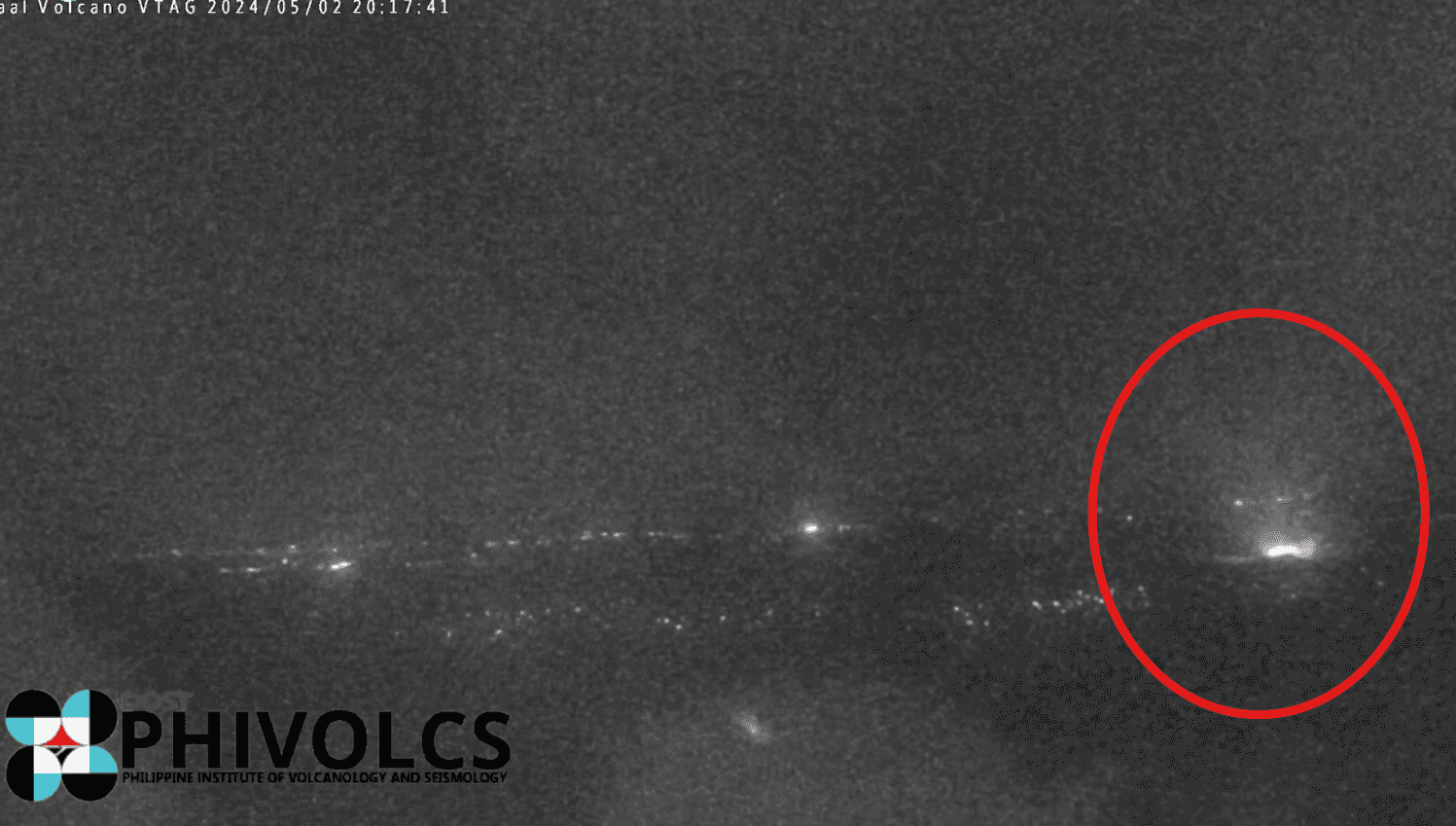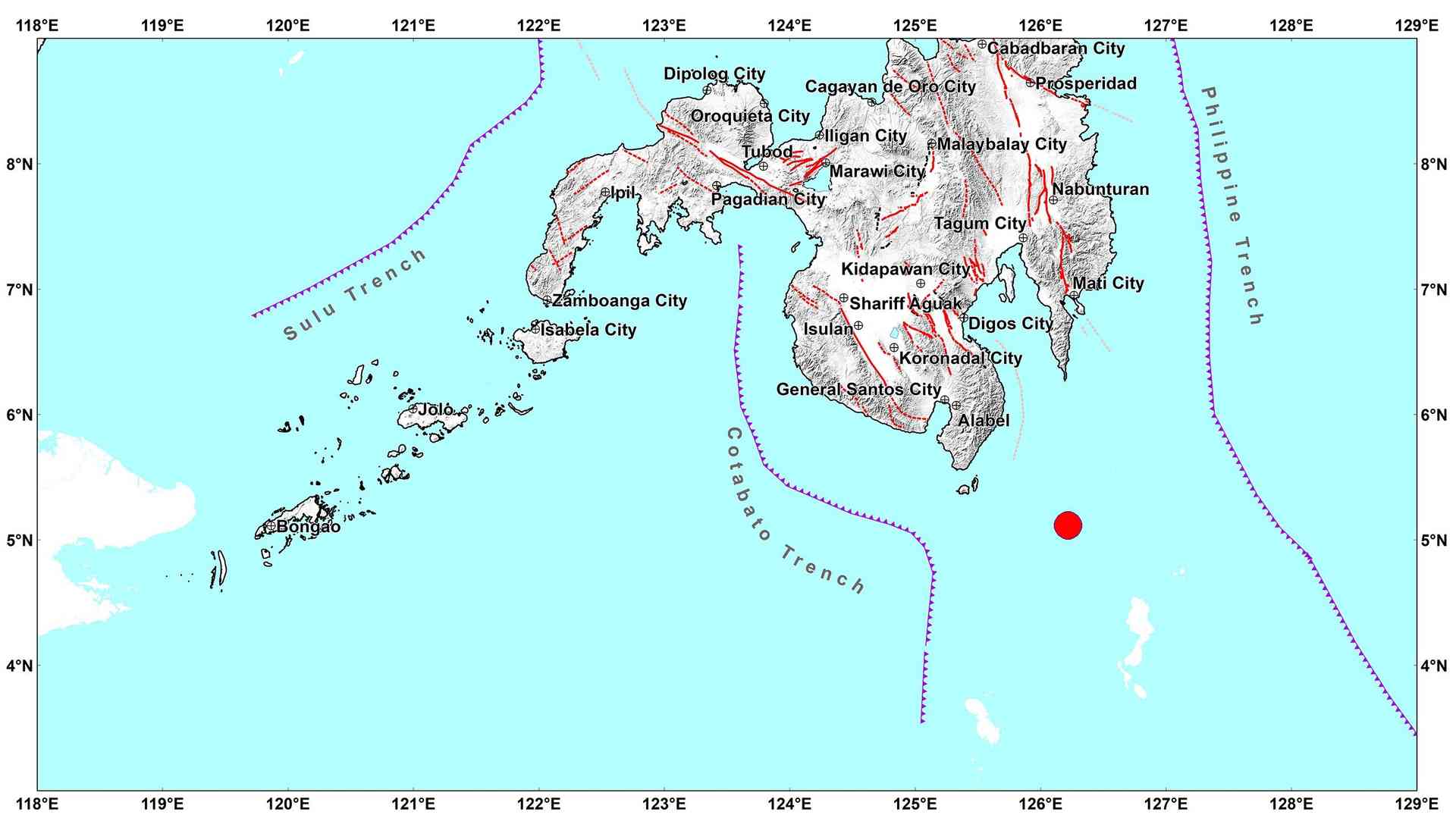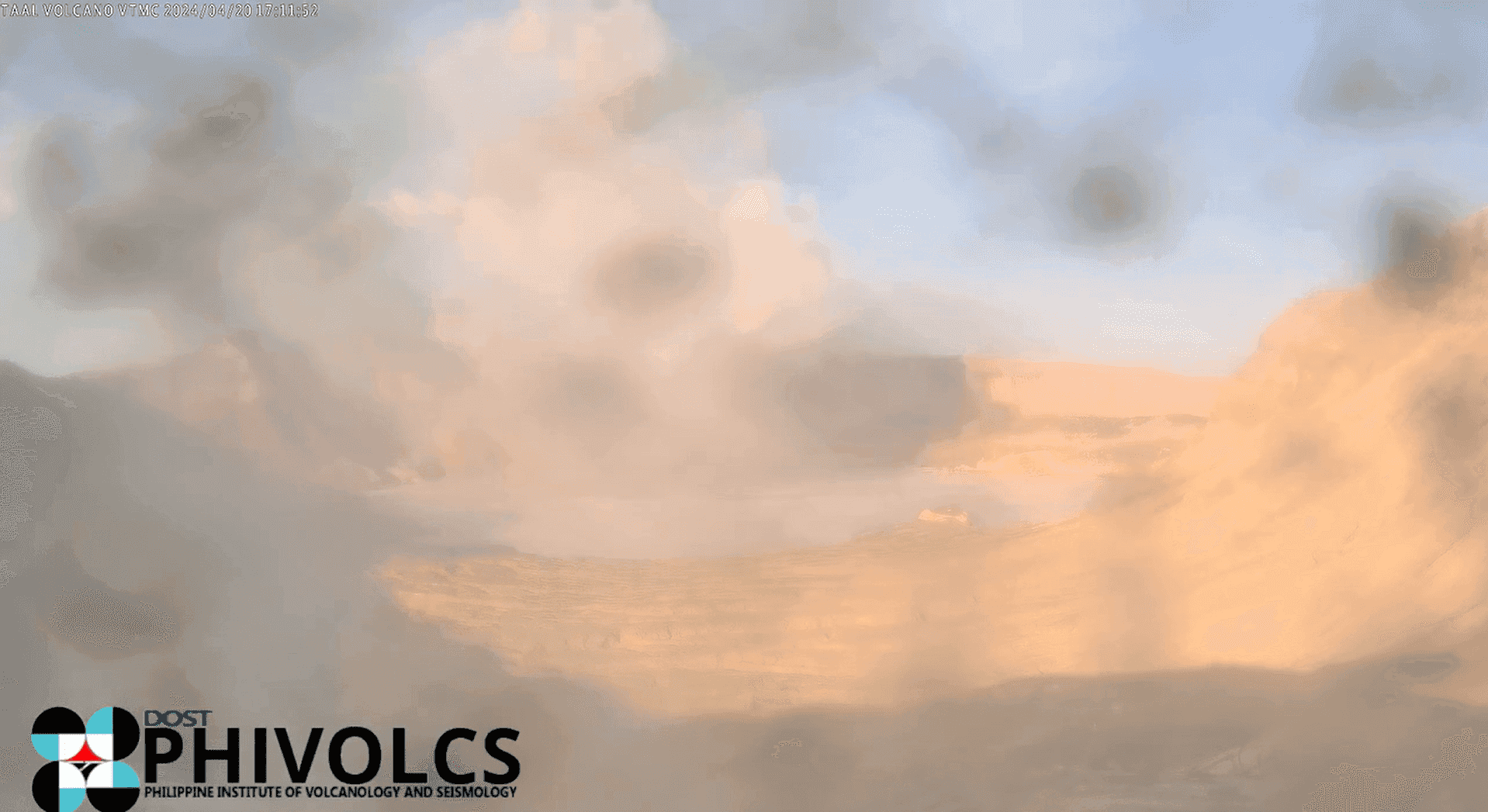

The Philippine Institute of Volcanology and Seismology (PHIVOLCS) observed "short-lived" phreatic eruptions at Taal Volcano on Saturday, April 20.
According to PHIVOLCS, a phreatic eruption is a steam-driven explosion that occurs when water, either below the ground or on the surface, is heated by magma, lava, hot rocks, or fresh volcanic deposits.
In an 11 a.m. advisory, PHIVOLCS said the two successive phreatic events occurred between 8:50 a.m. to 8:52 a.m. and 9:09 a.m. to 9:12 a.m. A third similar event was recorded at 11:02 a.m., said the seismologist in a separate report on Facebook.
The first two phreatic eruptions lasted more than 2 minutes and produced up to 350-meter-tall steam plumes that drifted west-southwest and southwest.
The third one lasted for approximately 5 minutes and produced a 300-meter-tall steam plume that drifted northwest.
"The phreatic events were likely driven by the continued emission of hot volcanic gases at the Taal Main Crater and could be succeeded by similar phreatic activity," the PHIVOLS advisory read.
"The background levels of volcanic earthquake activity and ground deformation detected at Taal indicate that unrest is unlikely to progress into a magmatic eruption," it furthered.
Meanwhile, Alert Level 1 has been put in place by the Department of Science and Technology (DOST)-PHIVOLCS, which means that it is still in an abnormal condition and should not be interpreted to have ceased unrest or the threat of eruptive activity.
"At Alert Level 1, sudden steam-driven or phreatic explosions, volcanic earthquakes, minor ashfall, and lethal accumulations or expulsions of volcanic gas can occur and threaten areas within TVI," it said.
DOST-PHIVOLCS advised against visiting TVI, Taal’s Permanent Danger Zone, or PDZ, especially the vicinities of the Main Crater and the Daang Kastila fissure.
Civil aviation was also advised "to avoid flying close to the volcano as airborne ash and ballistic fragments from sudden explosions and wind-remobilized ash may pose hazards to aircraft."




